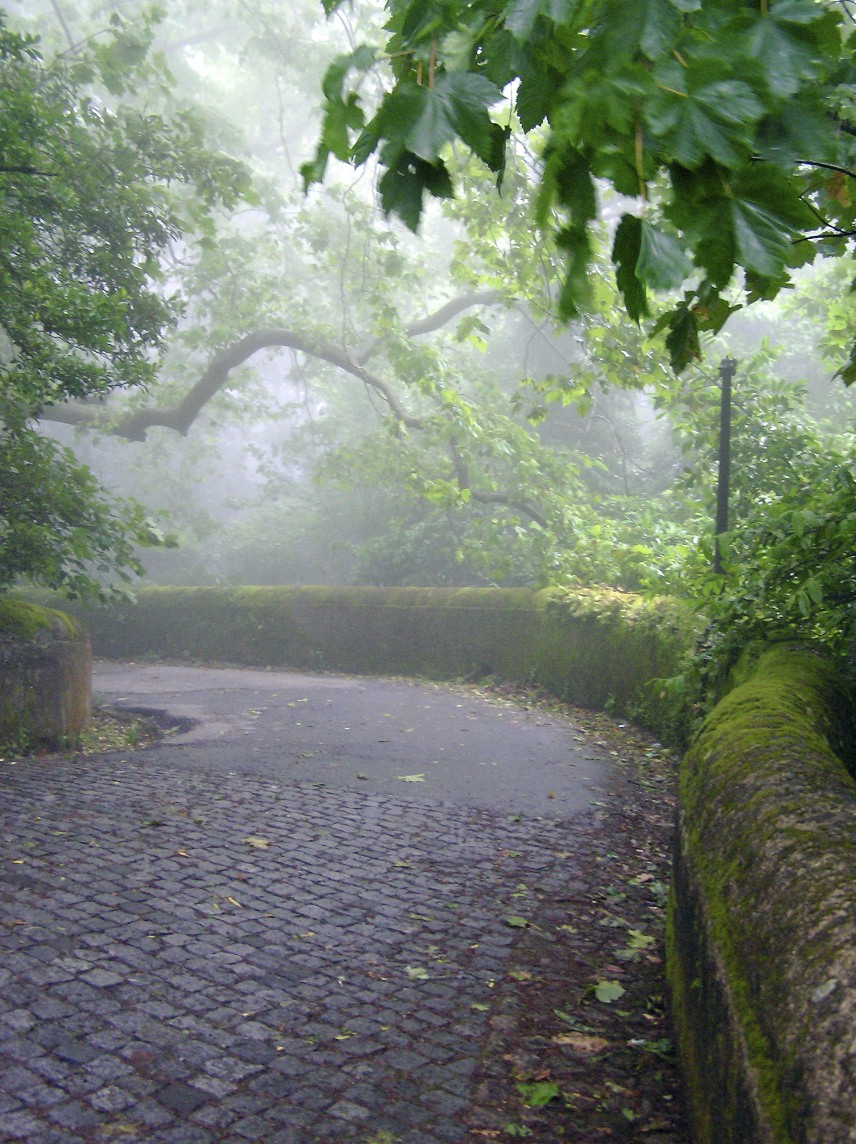
The tacit breeze of Freedom can counter this tacitly held assumption of flight/flight. We can find freedom in seeking to understand what the world might look like from the perspective of someone we fear or hate. Are they just evil (with nothing inside their head and heart other than murderous intent) or is there something there that we might understand and even acknowledge residing in our own head and heart? This engagement of freedom is indeed a challenge!
Facing Into the Breeze (Explicit Freedom)
I find that the breeze of freedom which is swirling around my head and heart is not always subtle. It doesn’t always slip behind me and push gently on me—influencing how I think about the world and other people with whom I interact. The breeze at times is blowing directly into my face. It is demanding not only that I attend to it but also that I take some action to counter its force. I must lean forward into the breeze, or it will push me backwards. Freedom does not allow me to stand in place. I either retreat to the past (and authoritarian rule) or I lean (and learn) into the future.
I am attending directly to Freedom. Freedom has become explicit in my life and work. I can see, hear and in some way even taste freedom. I can’t ignore it. Furthermore, Freedom is calling on me to take action within the context of opportunities and challenges opened up by the freedom (including the Tacit Freedom that has been influencing my words and relationships). In order to take action, I must find other people of like mind who will join with me in my collaborative leaning and learning into the future. I find these people in many settings—especially in the organizations with which I work and the communities in which I live. Most importantly, sanctuary is fundamental to any setting in which I can act upon the breeze of freedom. I turn first to the nature of sanctuary and then to the engagement of freedom in temporary systems and collateral organizations.
Sanctuaries
Sanctuaries are the places or times or situations (which are created for us, or which we create for ourselves), in which we can drop out of the busy conditions of life for a few moments. Within a setting of freedom, we gather ourselves together, restore our integrity and our energies, and focus again on our highest priorities and deepest yearnings. Sanctuary is where we “come home,” where we can love and care for ourselves deeply, and therefore care for others.
Every civilization has had some kind of sanctuary system. In medieval Europe, there were feast days when no one worked and all fighting stopped. This was called “The Peace of God.” The church or cathedral was itself a sacred sanctuary. It was forbidden to kill someone who was in a cathedral. In ancient Hawaii, the heiau was a place of sanctuary. During a time of war between the tribes, if a man could get to a heiau, he was allowed to stay unharmed for three days. You can still see the heiau called “The City of Refuge” on the Big Island.
The Need for Sanctuary: There is a hunger for sanctuary: a hunger to talk about it, a hunger to know about it, and most of all a hunger to find it. It is almost as if, in our intense search for all the many kinds of well-being, we have nearly lost one of the most precious kinds of well-being of all. We have lost our ability to find sanctuary—real, true, healing, transforming, and deeply comforting sanctuary—in our lives.







